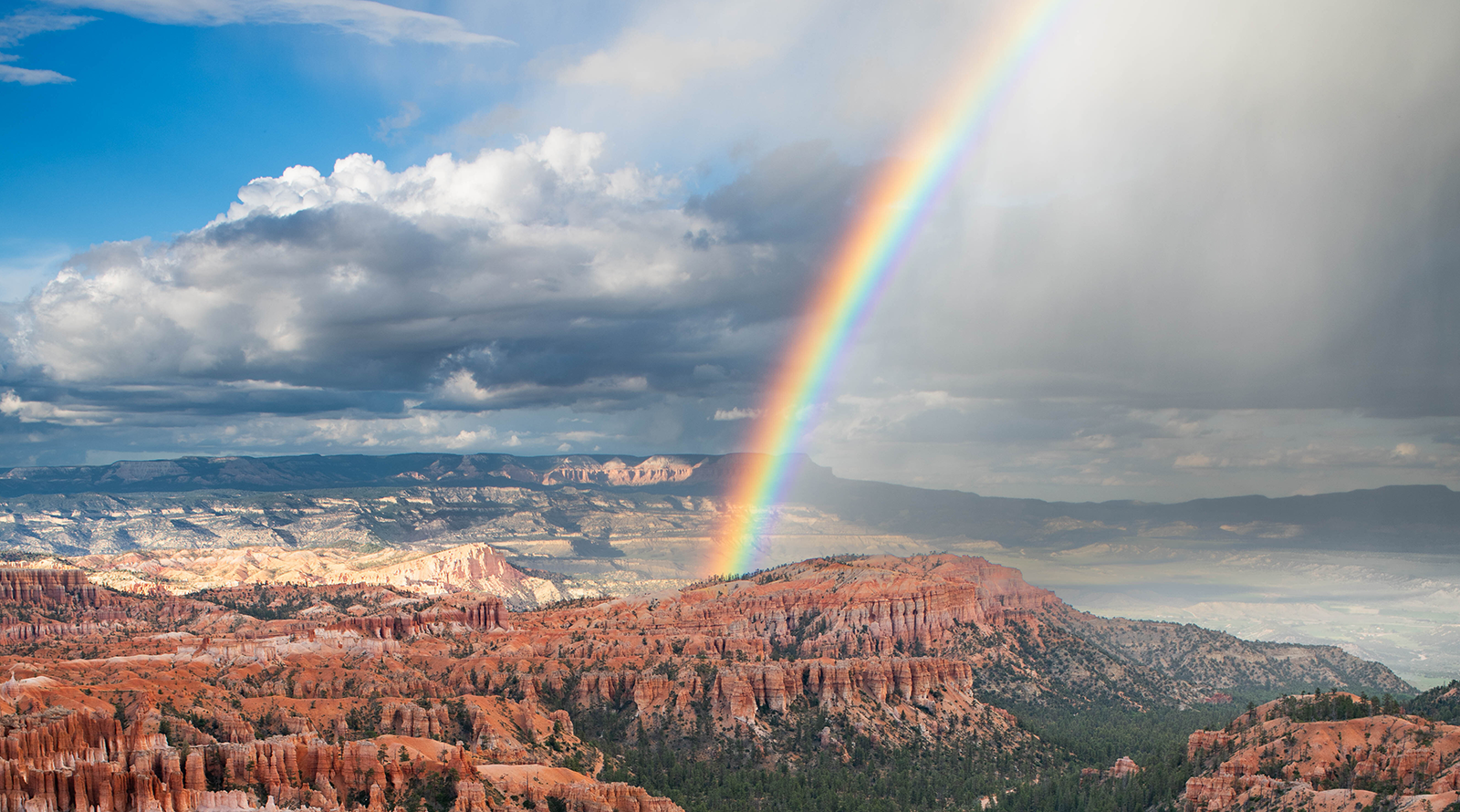In recent articles, I have noticed upcoming Tesla Supercharger stations that will greatly improve access to national parks. This pattern in Tesla’s behavior is very positive as it shows their commitment to enhancing access to national parks.
The first station I found was in Texas. A new station in Alpine, TX, and one upcoming in Terlingua will provide a clear corridor for drivers to visit the remote Big Bend National Park and Big Bend Ranch State Park. This will not only make it easier for people to access these areas but also benefit activities like camping for vehicles that can utilize the battery pack’s energy. Additionally, travel into Mexico may become easier for some.
Another station I recently identified was in Ely, Nevada. While Nevada has been improving its charging infrastructure in rural areas, some existing stations are not in great condition. The addition of 8 V3 stalls with NACS compatibility in Ely shows Tesla’s effort to improve access for visitors going to or from Great Basin National Park.
A new permit was recently issued for a Supercharger station in Bryce Canyon City, Utah. This station will enhance accessibility to Bryce Canyon National Park and surrounding areas.
Part Of A Much Bigger Dead Zone
Most of the dead zone areas lack roads due to rugged terrain like Canyonlands and the San Rafael Swell. However, these areas offer unique beauty and attractions like Canyonlands National Park, Glen Canyon National Recreation Area, Capitol Reef National Park, Utah state parks, and the Grand Staircase-Escalante National Monument.
Tesla seems to be focusing on locations that are not typically on main travel routes but are still desired destinations. This strategic approach will benefit visitors to these areas and improve connectivity between smaller roads.
More Is Likely Coming In Southern Utah
Looking at the efforts in Big Bend, it’s probable that Tesla will expand this trend to cover more popular tourist areas in the dead zone. Additional stations in Torrey and Hanksville may be forthcoming to enhance the network of small roads in the area.
While Tesla plays a significant role in expanding the national charging network, collaboration from other charging providers and businesses is essential to ensure comprehensive coverage. By encouraging more providers to offer charging services, the EV charging infrastructure can continue to grow.
More in New Mexico, Montana, & Oregon
Another upcoming Supercharger in Alamogordo, New Mexico, will help fill gaps in the charging network and improve access to White Sands National Park. Similarly, a permit for a station in Kalispell, Wyoming, aims to cover a significant dead zone near Glacier National Park.
Additionally, a new charger in Chemult, Oregon, will enhance network connectivity and provide easier access to Crater Lake National Park. These strategic placements indicate a concerted effort to ensure EVs can reach popular park destinations.
Accessing charging stations in remote locations is crucial for EV adoption and overall infrastructure development. While these stations may not see as heavy usage as urban ones, they play a vital role in facilitating EV travel to diverse destinations.
Featured photo by Peter Densmore, National Park Service (Public Domain)


